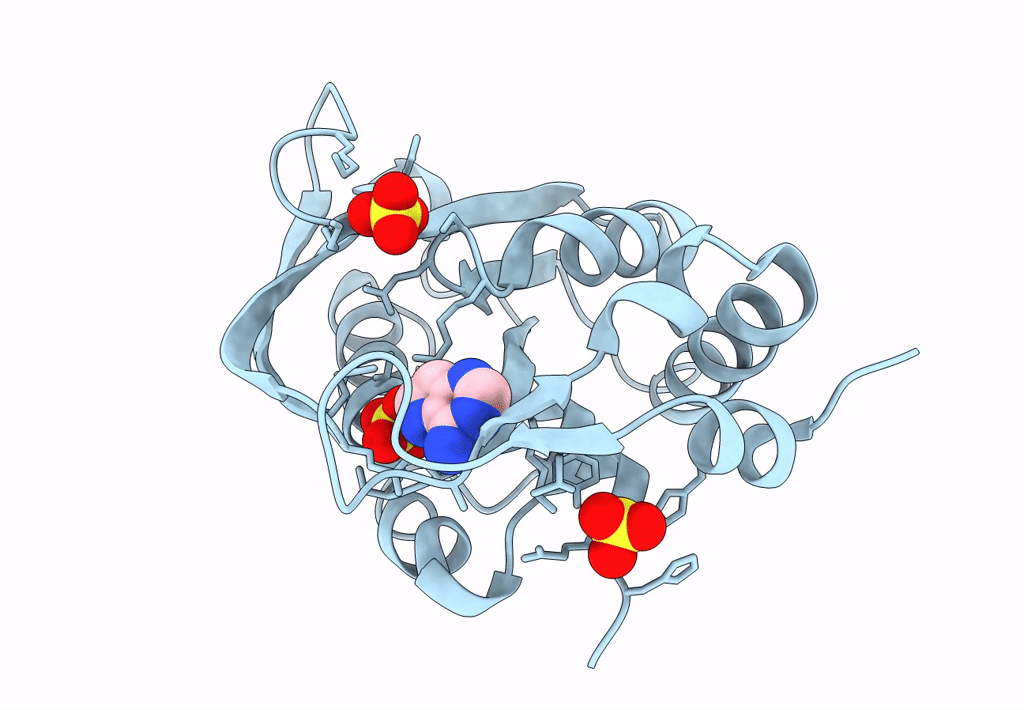
Deposition Date
2002-02-19
Release Date
2002-11-27
Last Version Date
2023-08-16
Entry Detail
PDB ID:
1L1Q
Keywords:
Title:
Crystal Structure of APRTase from Giardia lamblia Complexed with 9-deazaadenine
Biological Source:
Source Organism:
Giardia intestinalis (Taxon ID: 5741)
Host Organism:
Method Details:
Experimental Method:
Resolution:
1.85 Å
R-Value Free:
0.25
R-Value Work:
0.21
R-Value Observed:
0.22
Space Group:
P 31 2 1


